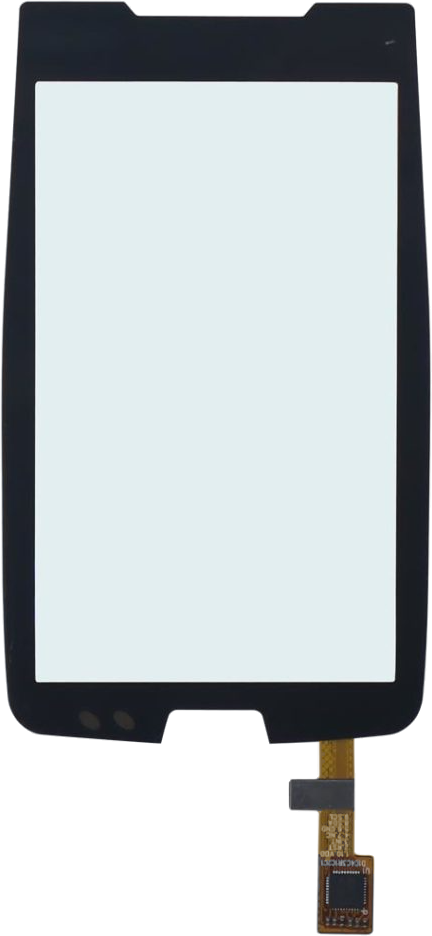What is OGS Projected Capacitive Touch Screen?
As we get more and more hooked on our electronic gadgets, manufacturers are always on the lookout for new touch technologies to take our user experience to the next level. Two hot picks are in-cell and on-cell technologies, which are all the rage because they’re super stable and reliable. But there are other touch technologies, like OGS Touch Technology, that haven’t caught on as much because folks worry they’re not stable enough. Mind you, OGS is a touch technology, not a display technology, and even though it might not be as popular as in-cell or on-cell, there’s still room for growth and improvement.
Dr Pan: Welcome to DISPLAY Museum. I am Dr Pan, the curator of Museum.
Greg: Hello, Dr Pan. I am Greg. There are so many structures for projected capacitive touch screen. May I ask what OGS structure is?
Dr Pan: Hello, Greg. OGS means one glass solution. It is going to need one glass to achieve the touch function. Let us look at the structure “One-sheet two-ITO laminated structure” . From top to bottom, Cover glass, ITO1 and ITO2.
Advantage: thinnest, high transmittance, multi-touch, good at hand writing.
Disadvantage: low reliability, low strength, low anti ESD, high cost, only suitable for the sizes less than 15 inch.
Greg: Dr Pan, after learning so many structures of capacitive touch screen, do you think OGS is the future?
Dr Pan: Maybe. It is very thin, light, and high light transmittance because it only has one glass.
But it has been so many years since OGS technology has been invented, we are still unable to solve the problems of low strength and low anti-interference.
There is no evidence that the problems can be solved anytime soon unless there are major innovations in the glass industry.
Greg: Thank you, Dr Pan. Now I got it.
Dr Pan: Welcome to contact us if you have any question.

